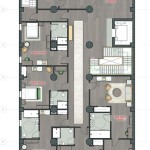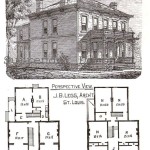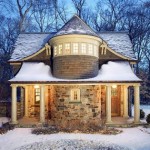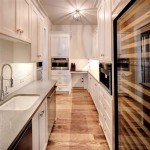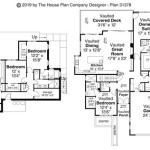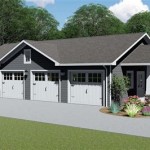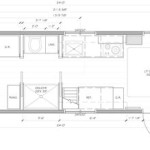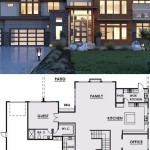Essential Aspects of Simple Bluebird House Plans Sparrow Resistant
Providing a safe and comfortable nesting place for bluebirds is a rewarding experience for bird enthusiasts. However, it is crucial to design your bluebird house with sparrow resistance in mind to ensure successful nesting. Sparrows are known nest competitors, often taking over bluebird houses and preventing them from nesting. Here are some essential aspects to consider when creating sparrow-resistant bluebird house plans.
1. Entry Hole Size and Placement
The entry hole is a critical factor in keeping sparrows out. The ideal size for a bluebird house entry hole is 1-1/2 inches in diameter. This size allows bluebirds to enter easily while deterring larger birds like sparrows. The hole should be placed close to the top of the house to make it more challenging for sparrows to reach.
2. Cavity Depth and Shape
Sparrows prefer shallow nest cavities, while bluebirds prefer deeper ones. Design your bluebird house with a cavity depth of 6-8 inches to accommodate bluebirds and discourage sparrows. Additionally, a square or rectangular cavity shape is more appealing to bluebirds than a round one.
3. Perching Deterrents
Sparrows often use perches near the entrance to inspect nest cavities. To prevent this, incorporate perching deterrents into your design. Add a baffle or overhang above the entry hole to block access to the perch. You can also install a metal guard around the hole to further discourage sparrows.
4. Ventilation and Drainage
Proper ventilation is essential for the health of nesting bluebirds. Drill several 1/4-inch ventilation holes around the top of the house to allow air circulation. Ensure the house has adequate drainage by including drainage holes in the floor. This will prevent rainwater from accumulating and becoming a breeding ground for bacteria.
5. Predator Protection
Bluebird houses should be placed in open areas away from tall vegetation that can provide cover for predators. Install the house on a pole at least 5 feet above the ground. Additionally, consider adding a predator guard to the pole to prevent access by cats or other animals.
6. Materials and Construction
Choose weather-resistant materials such as cedar or pine for your bluebird house. The house should be constructed with sturdy materials and well-sealed to prevent water damage. Use galvanized screws or nails to ensure durability and longevity.
7. Maintenance and Monitoring
Regular maintenance is crucial for the success of your bluebird house. Clean the house thoroughly after each nesting season to remove old nesting materials and prevent disease. Monitor the house during nesting season to ensure bluebirds are using it and to check for any signs of sparrow activity.
By considering these essential aspects, you can create simple bluebird house plans that are sparrow resistant and provide a safe and welcoming environment for these beautiful birds. With a little planning and effort, you can enjoy the joy of attracting and supporting bluebirds in your backyard.

Free Bluebird House Plans Multiple Designs

Pin Page

Eastern Bluebird Birdhouse 70birds Plans Index

Sparrow Resistant Bluebird Houses With T Post Adapters Prime Retreat S

Sparrow Resistant Bluebird Box

Free Bird House Plans Bluebird Purple Martin Wren More

Wild Birds Unlimited Nature

Eastern Bluebird

Bluebird Houses

How To Build A Bluebird House With Slot Entry Not Your Grandpa S Bird Plans For Bluebirds
Related Posts

